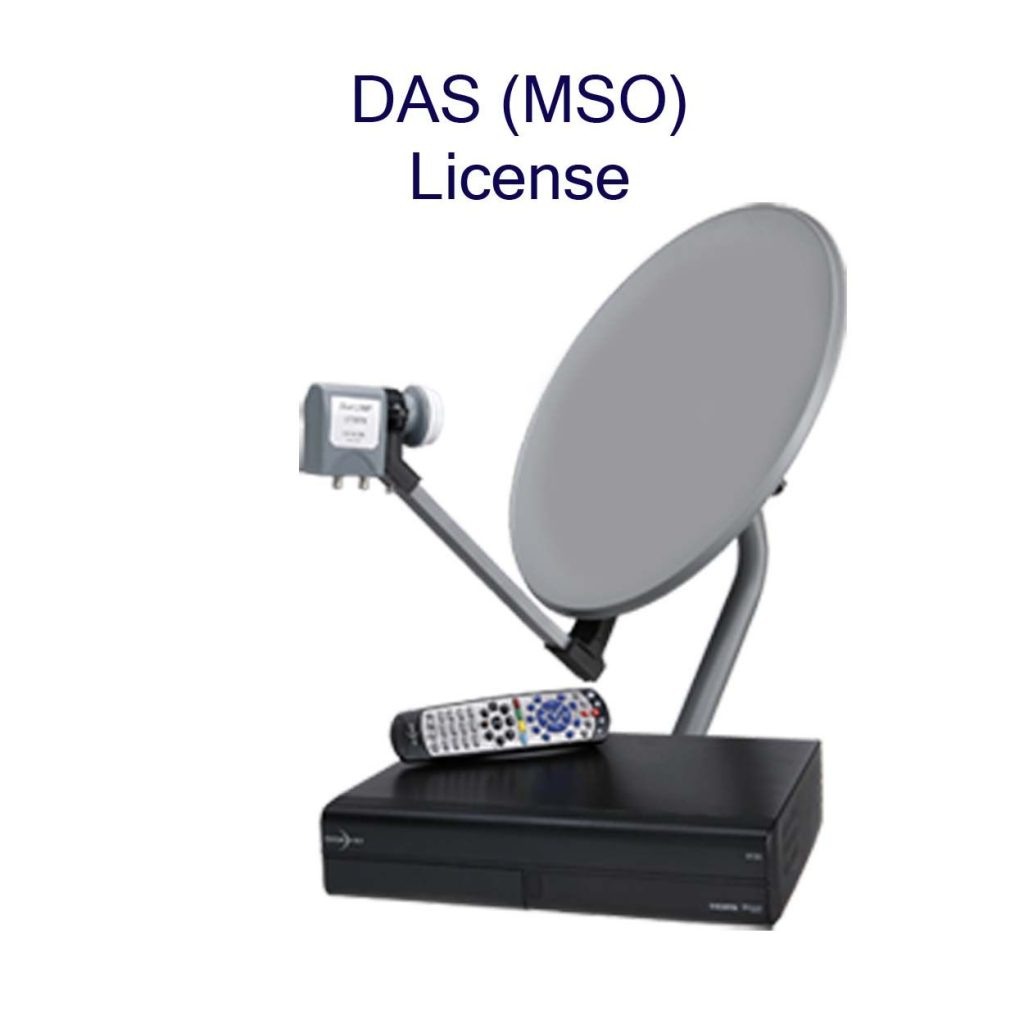
What is the Eco Mark Scheme?
The Eco Mark Scheme is a certification program that identifies and promotes environmentally friendly products and services. It was introduced in India in 1991 by the Bureau of Indian Standards (BIS) as a way to encourage sustainable practices and reduce the environmental impact of goods and services. The scheme aims to provide consumers with a reliable way to identify products that meet specific environmental criteria.
To obtain the Eco Mark certification, businesses must meet stringent standards set by the BIS. These standards cover various aspects such as energy efficiency, waste management, pollution control, and the use of renewable resources. The certification process involves rigorous evaluation and periodic audits to ensure ongoing compliance with the standards. Once certified, businesses can display the Eco Mark logo on their products, indicating their commitment to environmental conservation.
Importance of the Eco Mark Scheme in Environmental Conservation
The Eco Mark Scheme plays a crucial role in environmental conservation by incentivizing businesses to adopt sustainable practices. It helps raise awareness among consumers about the environmental impact of their purchasing decisions and encourages them to choose eco-friendly products. By promoting sustainable production and consumption, the scheme contributes to the overall reduction of carbon emissions, waste generation, and depletion of natural resources.
Furthermore, the Eco Mark Scheme fosters innovation in green technologies and encourages businesses to invest in research and development for more sustainable solutions. It creates a market demand for environmentally friendly products, which in turn drives the adoption of cleaner production methods. This leads to a positive environmental impact not only in India but also globally, as other countries can learn from India’s experiences and adopt similar certification programs.
Benefits of Obtaining Eco Mark Certification
Obtaining Eco Mark certification offers several benefits for businesses. Firstly, it enhances their reputation as environmentally responsible entities. The certification serves as a trust mark for consumers, who are increasingly concerned about the environmental impact of the products they purchase. It gives businesses a competitive edge, as consumers are more likely to choose products with the Eco Mark logo over those without.
Secondly, the Eco Mark Scheme helps businesses improve their operational efficiency and reduce costs. By complying with the certification standards, businesses are encouraged to adopt energy-efficient practices, optimize resource utilization, and implement waste management strategies. These measures not only benefit the environment but also lead to cost savings through reduced energy consumption and improved productivity.
Finally, Eco Mark certification can open up new market opportunities for businesses. Many government agencies and organizations prefer to procure eco-friendly products and services, and having the Eco Mark certification can give businesses a significant advantage in such procurement processes. Additionally, businesses can tap into the growing consumer demand for sustainable products and expand their customer base.
The Eco Mark Scheme in India – A Pioneer in Environmental Conservation
India has emerged as a pioneer in environmental conservation through the successful implementation of the Eco Mark Scheme. The country recognized the need for sustainable practices early on and took proactive measures to address environmental challenges. The Eco Mark Scheme was one such initiative that has had a significant impact on promoting green practices across various sectors.
India’s commitment to environmental conservation is reflected in the wide range of products and services that have obtained Eco Mark certification. These include household appliances, construction materials, textiles, paper products, and tourism services. The diversity of certified products demonstrates the versatility of the scheme and its ability to cater to different industries.
The success of the Eco Mark Scheme in India can be attributed to the strong collaboration between the government, businesses, and consumers. The government has provided the necessary infrastructure and regulatory framework to support the scheme, while businesses have embraced the certification as a means to improve their environmental performance. Consumers, on the other hand, have shown a growing preference for eco-friendly products, which has further fueled the demand for Eco Mark-certified goods and services.
Process of Obtaining Eco Mark Scheme Certification in India
The process of obtaining Eco Mark Scheme certification in India involves several steps. Firstly, businesses need to identify the relevant product category for certification. They must then ensure that their products meet the specific environmental standards set by the BIS for that category. These standards cover various parameters such as energy efficiency, recyclability, and use of environmentally friendly materials.
Once the products comply with the standards, businesses can apply for certification through the designated authority. The application involves submitting the necessary documentation, including test reports, product specifications, and a declaration of conformity. After the application is received, the designated authority conducts an evaluation and, if necessary, an on-site audit to verify the compliance of the products.
If the products meet the certification requirements, the business is granted the Eco Mark certification. The certification is valid for a specific period, usually three years, after which the business must undergo a reassessment to maintain the certification. During this reassessment, the designated authority may conduct further audits to ensure ongoing compliance with the standards.
Eco Mark Scheme Certification Services in India
In India, several organizations provide certification services for the Eco Mark Scheme. These organizations have been authorized by the BIS to evaluate products and issue the Eco Mark certification. They play a crucial role in the certification process by conducting thorough evaluations, audits, and verifications to ensure that products meet the required standards.
Businesses seeking Eco Mark certification can approach these authorized organizations for assistance. These organizations guide the certification process, help businesses understand the standards and requirements, and offer support in preparing the necessary documentation. They also conduct audits and evaluations on behalf of the BIS to determine the eligibility of products for certification.
The availability of certified organizations across India ensures that businesses from all regions can access certification services conveniently. It also promotes healthy competition among the certification bodies, leading to continuous improvement in the quality and efficiency of the certification process.
Success Stories of Businesses Implementing the Eco Mark Scheme
The Eco Mark Scheme has witnessed several success stories of businesses that have implemented sustainable practices and obtained certification. These success stories serve as inspiration for other businesses looking to adopt eco-friendly practices and contribute to environmental conservation.
One such success story is that of a textile manufacturing company that obtained Eco Mark certification for its range of organic cotton clothing. The company implemented sustainable farming practices, reduced water consumption in its production processes, and ensured the use of non-toxic dyes and chemicals. The Eco Mark certification boosted the company’s brand image, resulting in increased sales and market share.
Another success story is that of a construction materials company that obtained Eco Mark certification for its range of eco-friendly building materials. The company developed innovative products that use recycled materials, reduce energy consumption, and have a lower carbon footprint compared to traditional materials. The certification helped the company secure contracts for sustainable construction projects and expand its customer base.
These success stories highlight the tangible benefits that businesses can achieve by embracing the Eco Mark Scheme. By implementing sustainable practices and obtaining certification, businesses can not only contribute to environmental conservation but also improve their market position and profitability.
Challenges and Solutions in Implementing the Eco Mark Scheme
While the Eco Mark Scheme has been successful in promoting environmental conservation, it has also faced challenges along the way. One of the main challenges is the lack of awareness among consumers about the scheme and its significance. Consumers still prioritize factors such as price and brand reputation over environmental considerations when purchasing.
To address this challenge, there is a need for increased awareness campaigns and educational initiatives to inform and educate consumers about the benefits of choosing Eco Mark-certified products. These campaigns can be conducted through various channels such as social media, traditional advertising, and collaborations with environmental organizations. By raising awareness, consumers can make more informed choices and drive the demand for eco-friendly products.
Another challenge is the cost and complexity of obtaining certification, especially for small and medium-sized enterprises (SMEs). The certification process involves various fees, testing costs, and documentation requirements, which can be burdensome for SMEs with limited resources. To overcome this challenge, the government and certification bodies can consider providing financial incentives and simplified procedures specifically targeted at SMEs. This would make the certification process more accessible and encourage a wider range of businesses to participate.
The Future of the Eco Mark Scheme and its Impact on Global Environmental Conservation
The Eco Mark Scheme has a promising future and is expected to play a significant role in global environmental conservation efforts. As sustainability becomes increasingly important worldwide, more countries are likely to adopt similar certification programs to promote eco-friendly practices. India’s successful implementation of the Eco Mark Scheme serves as a blueprint for other nations to follow.
Furthermore, the Eco Mark Scheme can contribute to achieving the Sustainable Development Goals (SDGs) set by the United Nations. The scheme aligns with several SDGs, including climate action, responsible consumption and production, and partnerships for the goals. By promoting sustainable practices and providing a reliable way to identify eco-friendly products, the scheme can contribute to the overall achievement of these goals.
Conclusion
In conclusion, the Eco Mark Scheme is a powerful tool for unlocking the potential of environmental conservation. India’s leadership in implementing the scheme has demonstrated its effectiveness in promoting sustainable practices and driving market demand for eco-friendly products. By obtaining Eco Mark certification, businesses can enhance their reputation, improve operational efficiency, and tap into new market opportunities. With the continued support and collaboration of all stakeholders, the Eco Mark Scheme can make a significant contribution to global environmental conservation.









